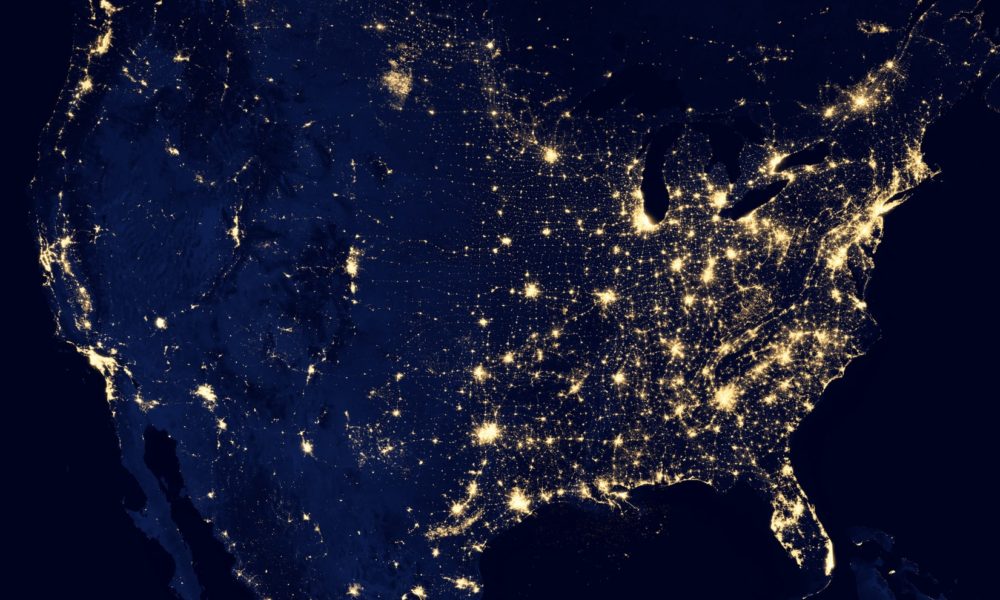Innovation
How the Digital Market Has Changed Over Time

The way we sell and consume digital products like music, digital art pieces, or movies and TV shows has changed over time. When Apple launched iTunes back in 2001, it changed the way music is distributed and consumed. Various platforms that allow the selling of digital products have been coming up with different approaches and strategies over the years.
Music
Before introducing the internet, music was sold via CDs and other portable storage drives, making it hectic and much more costly to distribute music. The internet made the distribution and consumption of music much more seamless than ever before. However, in the early days of the internet, music was being distributed on the internet for free, so artists weren’t benefiting from their hard work.
The introduction of iTunes shaped the distribution and consumption of music. iTunes started as an Apple-only product and was later introduced to the PC in 2003, where Steve Jobs called it the best Windows app ever written.
iTunes thrived for a couple of years without competition until 2006, when Spotify launched. Other players like Amazon Music, Soundcloud, Spotify, and Tidal also later joined the market. Spotify and other new players allowed users to subscribe and access all music for their subscribed period. This move prompted Apple to introduce a subscription-based music streaming service in the name of Apple Music.
Movies & TV Shows
Just like music, movies were also sold via CDs in the pre-internet days. With the introduction of the internet, platforms like Netflix saw the opportunity of selling subscriptions via the internet, which was more cost-effective and easily scalable. Their earlier days were a bit challenging since people were not used to streaming movies in that manner.
Slow internet speeds and coverage made it difficult for people in some parts of the world to access their services. But as the internet became faster and more accessible for more people worldwide, streaming movies and TV shows become easier and more possible for many. We now have lots of other streaming services like Amazon Prime Video and Apple TV.
Digital Art & NFTs
Digital artists have found it challenging to monetize their work on the internet because many people don’t attach too much value to buying JPEG or PNG files for a couple of dollars. There have been platforms that sell digital art, but these haven’t reached the scale like the movie and music streaming platforms. However, what should give hope to every digital artist out there is the introduction of NFTs (Non-Fungible Tokens). One can create an NFT of their original art piece and add it to the blockchain.
People who see potential value can then buy and fully own it like you would hold a physical art piece. Famous digital artist Beeple just sold an NFT worth $69 million last month. This sale gave hope to digital artists, and many are looking at NFTs as the future of monetizing digital art!
